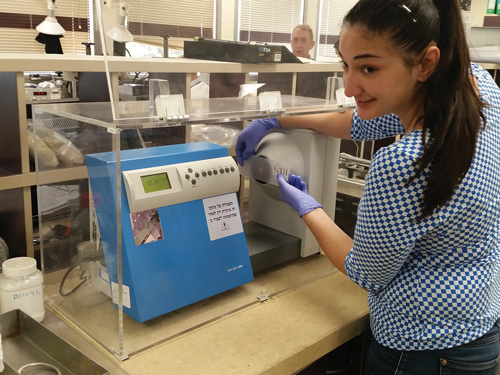








In recent years, lighting manufacturers and developers have moved away from traditional light sources and to LED-based solid-state lighting (SSL) technology. While LEDs offer many benefits such as excellent energy efficiency, the point sources also present some problems in general-illumination applications - glare, for instance. So in LED lighting developments, engineers must design lens systems and covers that are optimized in terms of their light diffusion properties to eliminate the LED glare issue.
Interested in articles & announcements on light diffusers & SSL design components?
Glass and transparent plastics, especially acrylic resins, have long been used in the lighting industry for various aesthetic and functional purposes in optics design. But as the lighting market moves increasingly to LED technology, requirements for high light diffusion have spurred lens and cover manufacturers to devote much of their activity to developing suitable plastic solutions.
In this, the first in a two-part article series, we will discuss the issue of light diffusion technology in plastic. This article will focus on selecting the optimal polymer as a carrier for the light diffusion system and on how to measure light diffusion properties. In a subsequent article, we will focus on selecting the optimal light diffusion system.
Selecting the optimal polymer
When selecting the thermoplastic type for a light diffusing cover or lens, there are few candidates that can be considered. The most essential feature is transparency. In its natural form, the polymer must be highly transparent to minimize LED efficiency losses during the light diffusion action.
A short list of engineering polymers can be technically considered as appropriate solutions. But when cost is taken into consideration, only polycarbonate (PC) and acrylic (polymethyl methacrylate, PMMA) are left as possible options, with a basic cost of $2-$3/kg. The price of other engineering or ultra-polymers can reach $20/kg and even higher.
Polycarbonate or acrylic
When considering the choice of PC or PMMA, there is no clear-cut answer. PC and PMMA are very similar in price, processing convenience, and optical properties. But there the comparison ends and the choice depends on application requirements. The table compares properties that manufacturers and developers should consider when selecting between the two polymers.
Manufacturers and developers need to rank priorities of properties to make the best decision. For example, if the plastic part is designed for indoor service, the priority of mechanical properties can be low, and acrylic is the best choice. If optical properties are extremely important and the illuminance level (lux units) is required to be as high as possible, again acrylic might be the right choice. On other hand, if the application requires fire resistance properties because of building standards or risk of fire, polycarbonate will be the only choice.
Modifying polymers
When selecting between acrylic and polycarbonate, the designer does not need to compromise and suffer all the drawbacks of their selection. Here are some examples of optional modifications possible for acrylic and polycarbonate polymers.
In the case of acrylic, you can modify the mechanical properties. Specifically, the low-impact property can be improved in two ways. First, the lens or cover can be designed with thicker walls. A second option is to use high-impact PMMA grades. In that case, beside the extra costs, there is some tradeoff in terms of lower light transmission.
With polycarbonates, you can achieve several types of modifications. Consider ultraviolet (UV) sensitivity that is a problem for a product exposed to sunlight. The poor UV stability of polycarbonates can be largely improved by the introduction of UV absorbers (UVA) into the bulk material. Different levels of UVA will result in different levels of UV stability. For the case in which the cover is produced from a PC sheet, the UV protection can be based on a co-extruded layer of PC enriched with UVA that is much more efficient and cost effective in comparison to the option of addition of the UVA to the bulk.
Scratch resistance can also be addressed. This property can be improved via special coatings applied in a second-stage process. This type of improvement is very popular in the automotive industry in the production of PC lamp covers.
And although polycarbonate is by far better in terms of fire resistance, in some applications further flame-retardant property improvement is required. This is especially true when the product must comply with fire standards. A good example is the European railway norm (EN 45545-2) that covers all parts in the train. For such applications, lighting suppliers must use a special grade of PC that contains flame-resistant additives for the manufacturing of LED covers and lenses.
Copyright 2006-2025 Shanghai Sinoexpo Informa Markets International Exhibition Co., Ltd. All rights reserved